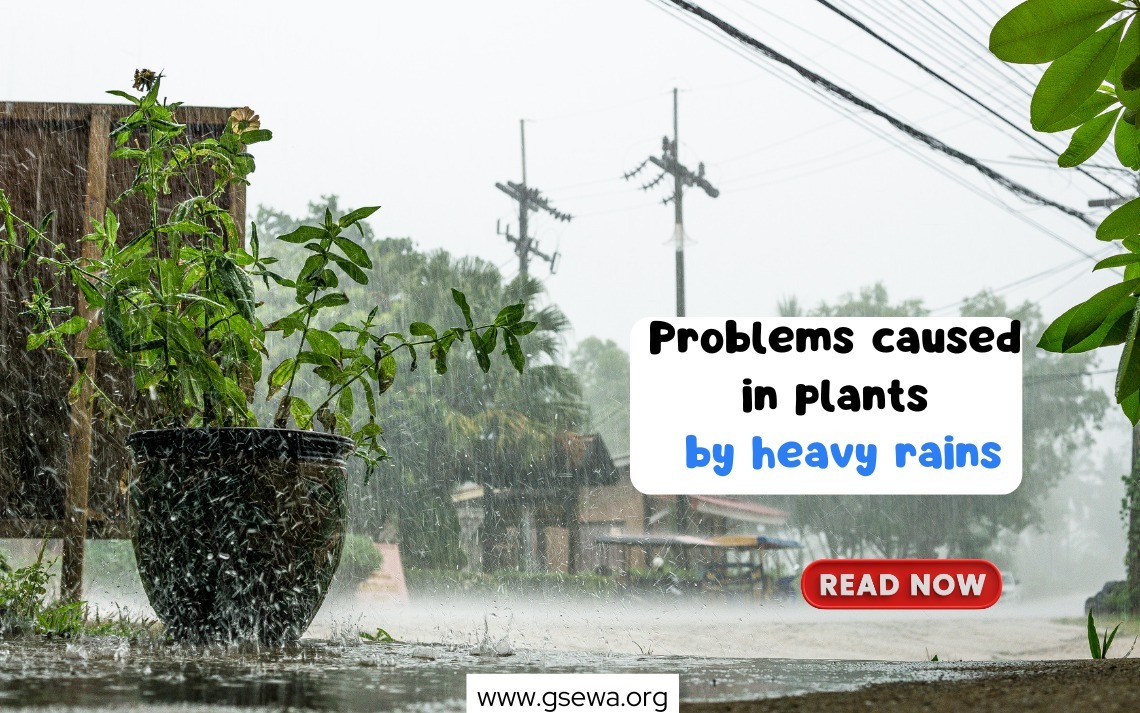Table of Contents
- Water Wisely
- Provide Adequate Drainage
- Mulch Matters
- Offer Shade
- Prune Carefully
- Fertilize Appropriately
- Watch for Pests and Diseases
- Consider Container Size
- Stay Consistent
- Monitor Environmental Conditions
As the temperatures rise and the sun shines brighter, your plants may need some extra care to thrive during the summer months. With proper care, you can ensure that your plants not only survive but also flourish in the heat. Here are ten essential tips for keeping your plants healthy and happy this summer.
1. Water Wisely:
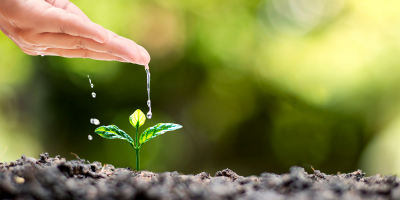
- By inserting your finger approximately an inch deep into the soil, you can periodically check the moisture content. When the top inch feels dry, add water.
- Water waste can be reduced by directly applying water to the plant’s roots using a drip irrigation system or a watering can with a spout.
- For better moisture conservation and reduced need for waterings, consider covering the soil with a layer of organic mulch, such as compost or straw.
2. Provide Adequate Drainage:

- Make sure pots and planters have adequate drainage holes to release excess water.
- To prevent waterlogging, consider repotting your plants in containers with proper drainage if they are currently in pots without drainage holes.
- Steer clear of placing pots directly on surfaces such as saucers or trays without drainage holes, as they can hinder proper drainage.
3. Mulch Matters
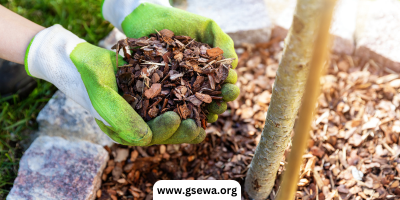
- Choose mulch materials that retain moisture and enrich the soil while decomposing, such as compost or shredded bark.
- Apply 2-4 inches of mulch around plants, keeping a small gap near the stem to prevent rot and deter pests.
- Replenish mulch as needed throughout the summer to ensure it effectively conserves moisture and suppresses weeds.
4. Offer Shade:
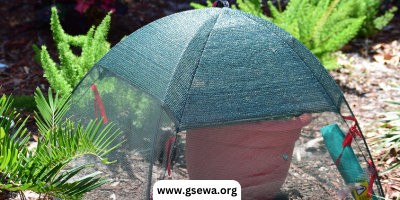
- Create temporary shade structures using materials such as shade cloth, bamboo screens, or umbrellas, especially for plants sensitive to direct sunlight.
- Plant tall-growing or vining plants nearby to provide natural shade to smaller, more delicate plants during the hottest part of the day.
- Consider moving potted plants to shaded areas, such as under trees or on the east side of buildings, to protect them from intense afternoon sun exposure.
5. Prune Carefully:

- To minimize plant stress and ensure precise cuts, always use sharp and clean pruning tools.
- To promote healthy growth and improve air circulation, prioritize pruning dead, unhealthy, or overcrowded branches.
- To prevent the spread of diseases, it’s crucial to sterilize pruning instruments between cuts, particularly when working with damaged plants.
6. Fertilize Appropriately:

- Choose a fertilizer specifically formulated for the type of plants you are growing. For example, use a balanced fertilizer for flowering plants or a high-nitrogen fertilizer for leafy greens.
- Apply fertilizer as per the manufacturer’s instructions, being careful not to exceed the recommended dosage to prevent nutrient imbalances.
- Consider using organic fertilizers, such as compost or fish emulsion, for a gradual release of nutrients without the risk of chemical burn.
7. Watch for Pests and Diseases

- Regularly inspect plants for deformed growth, chewed leaves, or sticky residue on leaves and stems. These are signs of pest infestations.
- Find out what common illnesses and pests are in your area. Research natural ways to manage them, such as hand-picking pests, using neem oil, or bringing in beneficial insects.
- Give your plants the proper nutrients, water, and sunlight to ensure they stay strong and healthy, which will help them fend off pests and diseases.
8. Consider Container Size:
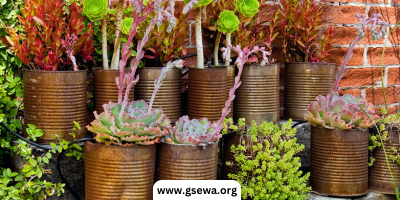
- Choose containers that offer plenty of space for the plant’s roots to grow and spread, reducing the need for frequent repotting.
- Select lightweight containers made of materials such as plastic or fiberglass for easy handling and mobility, especially if you need to move plants to different locations throughout the summer.
- Group containers based on their water and sunlight needs to simplify care.
9. Stay Consistent:
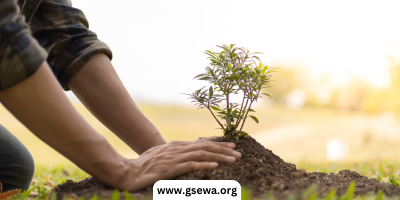
- Based on the specific needs of your plants, establish a watering schedule and commit to following it, even during extreme weather conditions.
- In particular, when you go on vacation, consider using irrigation timers or self-watering pots to maintain the soil at a constant moisture level.
- To prevent dehydration or overwatering, monitor your plants for signs of stress such as wilting or yellowing leaves, and adjust your watering schedule accordingly.
10. Monitor Environmental Conditions:

- Install a weather station or use a smartphone app to monitor temperature, humidity, and rainfall in your garden. This will help you make informed decisions about watering and other care practices.
- Provide extra protection for plants during heatwaves or prolonged periods of hot, dry weather. This can be done by shading them with temporary structures or using row covers to reduce heat stress.
- Be proactive by adjusting plant care routine based on changing environmental conditions, such as increasing watering during heatwaves or reducing fertilization in drought.
Conclusion
With these ten tips, you can effectively care for your plants during the summer season, ensuring they remain healthy and vibrant despite the heat. By watering wisely, providing shade, pruning prudently, and staying vigilant against pests and diseases, you can create an optimal growing environment for your green companions to thrive. So, roll up your sleeves, grab your watering can, and let’s help our plants beat the summer heat!
G-Sewa is indeed known for its impactful work in the field of environmental conservation, particularly through tree plantation efforts in Uttar Pradesh. Our initiatives aim to combat deforestation, improve air quality, and contribute to the overall ecological balance. We likely engage with local communities to raise awareness about the importance of trees and sustainable practices. We are the best NGO doing plantations.
FAQs
Q1. What are the signs that my plants are suffering from heat stress?
Ans: Common signs include wilting, yellowing leaves, dry soil, and scorched leaf edges.
Q2. How often should I water my plants during the summer?
Ans: Watering frequency depends on the plant type and soil, but generally, it’s best to water deeply in the early morning or late evening.
Q3. Can I use mulch to protect my plants from heat?
Ans: Yes, applying mulch helps retain soil moisture and keeps the roots cool.
Q4. Should I move my potted plants indoors during extreme heat?
Ans: Moving potted plants to a shaded or cooler area can help protect them from intense heat.
Q5. Are there any specific fertilizers that help plants during hot weather?
Ans: Using a balanced, slow-release fertilizer can provide essential nutrients without stressing the plants.



